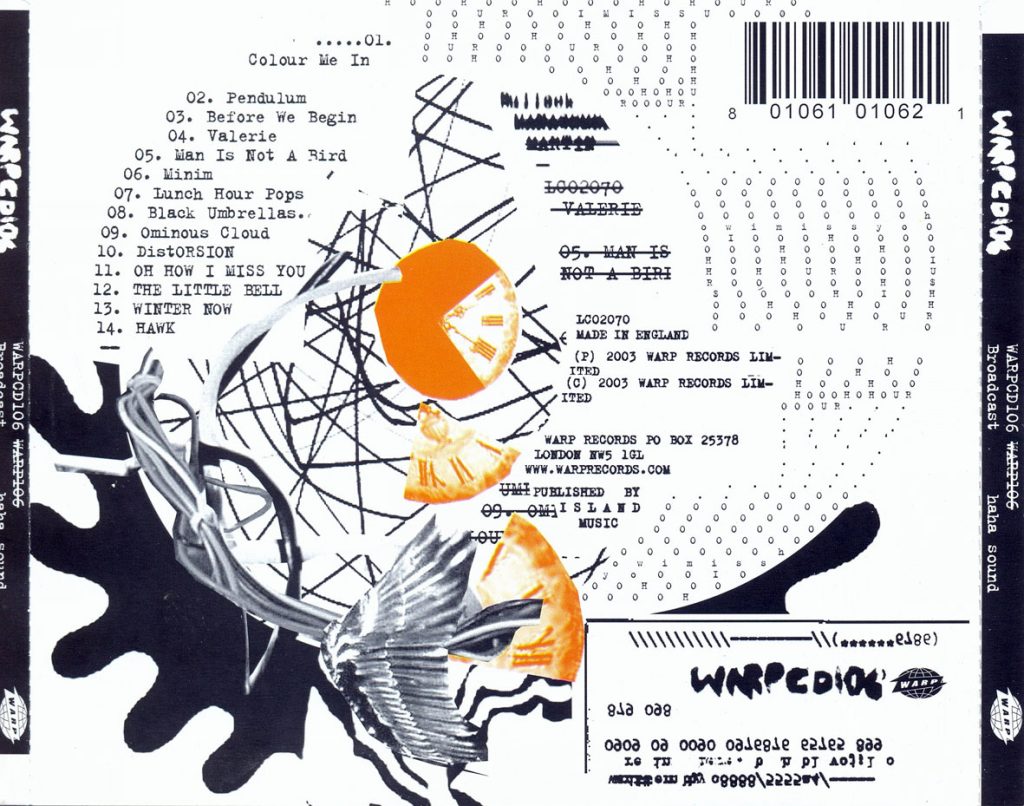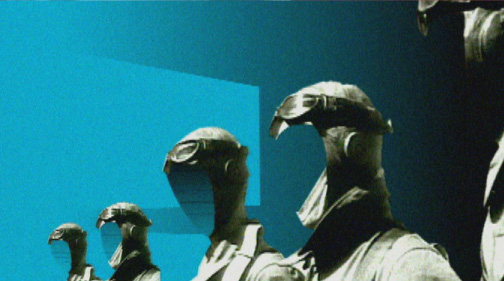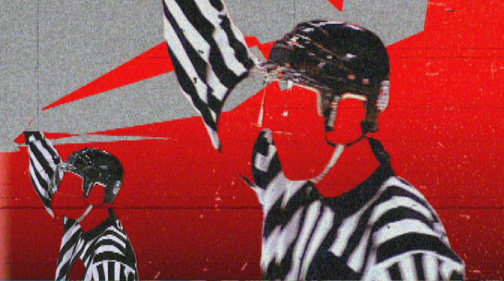After attending a talk on the WSA campus given by Matt Rice, co-founder of design studio Sennep, I was introduced to his beginnings in the graphic design world of the late 90’s and early 2000’s. As this was an inspiration for my game at the time I asked him what other particular designers and artists to look into that used the modernist, abstract but playful style I wanted, and his first answer was Julian House. After researching his work in my own time, I can definitely see why, and how I can be influenced by this work for my own game’s aesthetic.




Having designed album covers for bands such as Stereolab, Oasis and The Prodigy, Julian House is well known for combining colourful abstract compositions with found footage and collage work, making a perfect fit for the kind of style I want for my game.


These works done with the band Broadcast respectively show House’s experience mixing both photo imagery and abstract forms to make something surprisingly coherent and organic.
This can be seen in motion in his video for Primal Scream’s ‘Kill All Hippies’, where, in House’s own words, “faceless helmeted characters, military personnel, American Football players, astronauts, motorcycle cops, and Kamikaze pilots” wage war in a setting of abstract minimalist shapes and bright colours. Archive footage was used heavily in this to blur the line between the old, physical world and the modern.


This collage piece shown below, which I have sourced to a work of House’s for independent print company Artomatic, is one that I will take particular inspiration for my game by. I want Kinetic Panic to have a similar collage-like feel, incorporating real photos into the backgrounds as well as including the realistic objects in the levels. The typographic symbols at the top are also a great touch and remind me of the logos and type made by The Designer’s Republic for Wipeout. I may create symbols for the different abilities in Kinetic Panic based off of this style.

The way the images are cut out using choppy lines blends them perfectly into the inorganic, often minimalist backgrounds, something that might be a useful technique when designing artwork for my GDD.
Leave a Reply